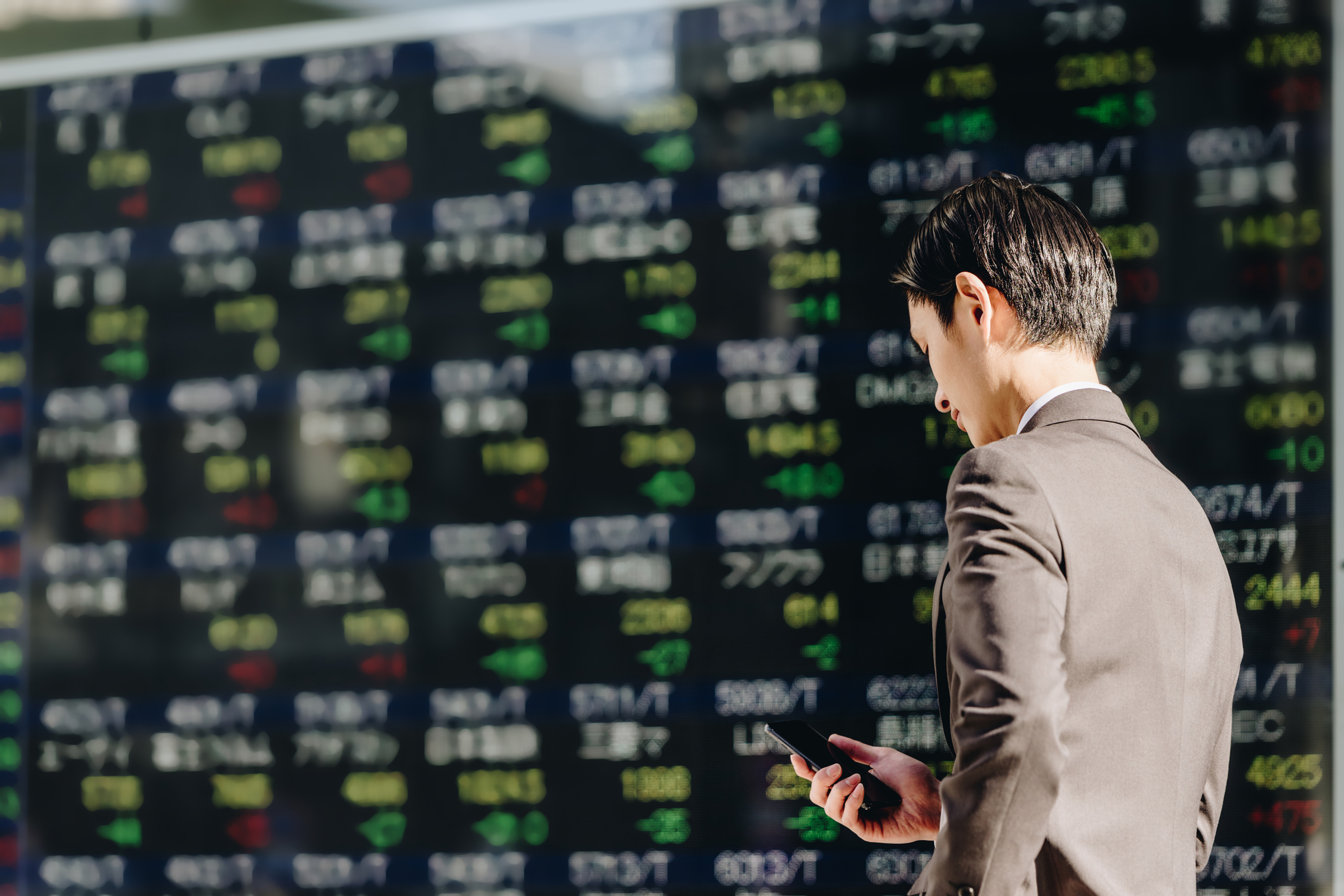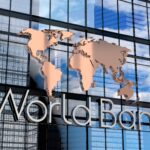Japan remains unflinching on interest rates despite rising inflation
Japan has not been spared from rising inflation globally, but monetary policymakers continue to swim against the tide as their response to surging prices.
The world’s third-largest economy saw headline inflation climb to 3.5 per cent in April and again to 3.3 per cent in October, cutting short any signs of deceleration. The monthly reading, however, remains slower than January’s 4.3 per cent pace.
The Bank of Japan (BOJ), however, has kept interest rates at -0.10 per cent even after the peak of the COVID-19 pandemic. This near-zero rate has been in place since January 2016. Perhaps the strongest response from the BOJ was seen in October when it decided to raise the allowance band for its yield curve control, essentially the central bank’s way to control market rates, to 1 per cent from 0.5 percent above or below target. Still, the central bank’s bond purchases remain limitless so they can keep 10-year bond yields close to zero.
BOJ policymakers upheld their dovish stance, saying they likely need to wait longer before they can pull interest rates out of the negative territory fearing that it could stifle what little growth they are seeing. The last time core inflation trended above 4 per cent had been in 1981, according to data from Japan’s National Statistics Center. Core inflation refers to the pace of price increases for consumer goods without food and energy items, the prices of which fluctuate more often.

Consumer prices stood broadly unchanged before picking up in April 2022, a trend that has been sustained into the succeeding year. Amid market pressure, the BOJ first relaxed its yield curve control on bonds in July despite Ueda’s initial reluctance, in essence admitting that the monetary authority underestimated the inflation threat. Prior to this, the central bank chief anticipated that wages will rise enough for households to continue to afford basic needs and spend on other household priorities.
BOJ Governor Kazuo Oeda, however, admitted that he cannot say with conviction that inflation is on its way back to the 2 per cent target and that wages will rise in the face of a gloomy global outlook.
Growth over inflation
The insistence on the ultra-low borrowing rates scenario is hinged on reinvigorating the overall economy after entering a recession from 2019 to 2020. Such efforts have failed as Japan’s economy shrank by 2.1 per cent from July-September compared to a year ago, reversing a 4.8 per cent growth the previous quarter in the face of soft private consumption and weak exports, the latter due to slumped global demand. The contraction is worse than expected, exerting further pressure on policymakers to react. Fiscal policymakers are preparing a stimulus program worth 3 per cent of GDP to perk up domestic demand.
Meanwhile, the BOJ’s insistence on negative interest rates prove that the central bank is more concerned with putting the economy back into a stable growth mode more than tempering inflation. How fast inflation will return to the near-zero pace, which residents have long been accustomed to, remains a question. Inflation ranged below 1 per cent pre-pandemic and moved to negative territory between September 2020-2021.
Japanese policymakers are counting on its so-called pent-up consumer demand and a resurgence of tourism to spur faster economic activity. However, these also carry the unintended but inevitable effect of stimulating inflation further.
Market analysts believe an interest rate hike from the BOJ is necessary to tame inflation – similar to the response of the US Federal Reserve and other major economies – but it will likely come at the cost of further delaying the economic recovery of Japan. BOJ’s reluctance to raise the key rate also led to a weakening yen against the US dollar, as seen in Graph 2, further contributing to inflation via rising import costs.

Keeping interest rates at near-zero has so far sustained the yen’s weakness against the dollar, which has also hurt the local economy given Japan’s position as a net importer. Data from Japan’s Ministry of Finance showed a trade deficit worth JPY 660.97 billion (about USD 4.5 billion) in October 2023. Additionally, the yen has been trading at the level of JPY 140 to a dollar since May and has breached JPY148:$1 in early December, its weakest showing in over a year. A weaker yen meant Japanese nationals must pay more to buy the same amount of goods sourced from abroad.
Depressed external demand from major trading partners is also seen dampening Japan’s exports, which has already been seeing a slowdown since the beginning of the year. Outbound shipments to other Asian countries were down by 5.3 per cent in October, with marked declines in goods exports to China, Taiwan, and the entire Southeast Asia.
Hike on the horizon?
Governor Ueda has consistently remained reluctant to raise rates, saying that “premature” tightening moves would cause more issues beyond letting inflation trend above the central bank’s 2 per cent target temporarily.
Japan’s monetary policymakers continue to buck the trend set by the US Fed and many other economies, convinced that introducing higher interest rates will pull the economy back into recession rather than induce more business activities with better yields. This should be taken by investors as a sign that the BOJ will stay dovish and that the -0.10 per cent benchmark yield will remain unchanged over the next year, unless extreme shocks emerge. The move of Japanese companies to relocate manufacturing of their products onshore and away from China is likely to drive domestic activity, presenting opportunities for more foreign investors to participate in Japan’s path to recovery.






